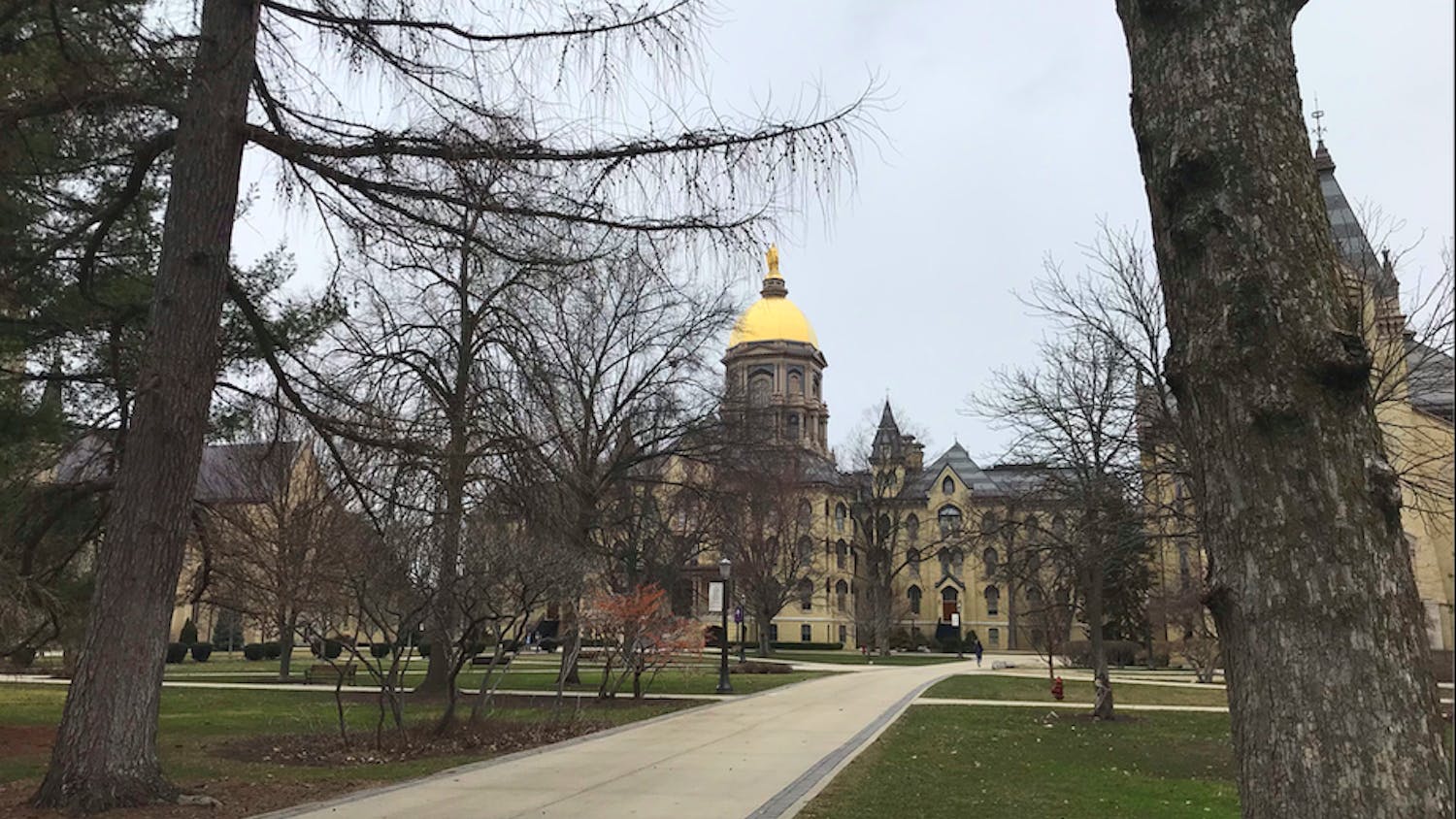On March 27, 1973, Marlon Brando was awarded the Oscar for his performance as Don Vito Corleone in “The Godfather”. However, Brando was not present to accept the award. Instead, he sent Sacheen Littlefeather in his place to turn down the Oscar, and to deliver a 15-page speech explaining this rejection. While she was not able to deliver the full speech at the Oscars (since the Oscars producer threatened to arrest her if she spoke for more than a minute on stage), she was able to convey that Brando’s rejection stemmed from a deep disgust with the way that American Indians had been historically treated in the United States and, in particular, how they had been portrayed by Hollywood. Forty years ago, Marlon Brando was aware that visibility and portrayal matters, and that the consistent typecasting, villainizing, misrepresenting and whitewashing of indigenous peoples on the part of largely white Hollywood executives was a problem inseparable from, and likely perpetuating, the oldest and most long-lasting power imbalance in our nation’s history.
And yet, upon examining contemporary culture, it seems that Sacheen Littlefeather and Marlon Brando’s words have fallen upon relatively deaf ears. Last year, white actor Johnny Depp was cast as the fictional character Tonto in the Walt Disney reimagining of the Lone Ranger series. In an industry where an overwhelming majority of lead roles are white (81.9 percent in 2006, according to a Berkeley study), such whitewashing of non-white roles exacerbates the exclusion of actors of color in Hollywood. Popular films of the last couple of decades continue to perpetuate cultural misunderstanding among Americans. Films such as “The Last of the Mohicans”, “Pocahontas” and others have failed to accurately portray any single indigenous tribe (“Mohicans” itself is a blend of the “Mohegan” and “Mahican” tribes) and have sustained the broad misconception that the differences between indigenous tribes are inconsequential.
College parties such as “Cowboys and Indians,” or our very own “Native Americans and Hoes” party hosted by Notre Dame students about a year ago, continue to encourage misunderstanding about, and disrespect of, American Indian populations, the most visible indicator being the disrespectful use of war bonnets and ignorant use of the headband (which was used by very few indigenous tribes, unlike what Hollywood would have us believe). In short, ignorance abounds among non-indigenous Americans when it comes to American Indian tribes.
But our ignorance is not limited to cultural ignorance. The systemic destruction and massacre of American Indians is yet to be found recounted accurately in history textbooks used in American schools. The colonial introduction of diseases such as smallpox and cholera killed upwards of 90 percent of indigenous people who had not developed immunities, and the extent to which this near-genocide was unintentional or biological warfare on the part of colonists is still up for debate among modern historians.
Following the United States victory in the American Revolution (in which the British signed over large tracts of indigenous land to colonists without consulting or acquiring the right to do so from such indigenous tribes), American Indians continued to suffer injustices, whether it was land expansion, violation of treaties (which were often created non-consensually) or attempts on the part of presidents such as George Washington to “civilize” them. The displacement of American Indians to reservations was signed into law by President Andrew Jackson, allowing for the United States to embark on the “Manifest Destiny” at the cost of horrific human rights violations such as ethnic cleansing. The relocation to reservations was followed by a history of forced cultural assimilation, forced land pollution (as many reservations near urban areas become sites of garbage landfill and other sites of government nuclear disposal) and other injustices, which continue to this day. Needless to say, this column cannot even begin to cover the true depth of injustice that indigenous people have suffered on their own land.
Those of us whose families are not relatively recent immigrants to this country have profited from this deep injustice. We have inherited riches from ancestors that participated in this ethnic cleansing and genocide, simply by moving to this country and occupying land that was stolen from indigenous people who rightfully owned it — ironically enough, in the process founding a country that values the “right to property.” Americans have the audacity to haughtily call Putin’s actions in Ukraine unjust without acknowledging that their own country was created through these same unjust actions. This is not to say that Putin has the right to invade Ukraine, but rather, that non-indigenous Americans have a deeper obligation to our indigenous brothers and sisters. Perhaps, instead of ignoring this history of violence, we can acknowledge our ancestral guilt. Perhaps we can support legislative attempts to improve conditions on reservations. Perhaps, instead of watching inaccurate or problematic films such as “The Lone Ranger”, we can support the indigenous film community and watch films such as Atanarjuat. Perhaps, instead of blindly supporting sports teams such as the Washington R*******, we can stand with the thousands of American Indians that oppose their racism. Perhaps, at the very least, we can stop wearing war bonnets to college parties.
This land is (not) our land
The views expressed in this column are those of the author and not necessarily those of The Observer.









